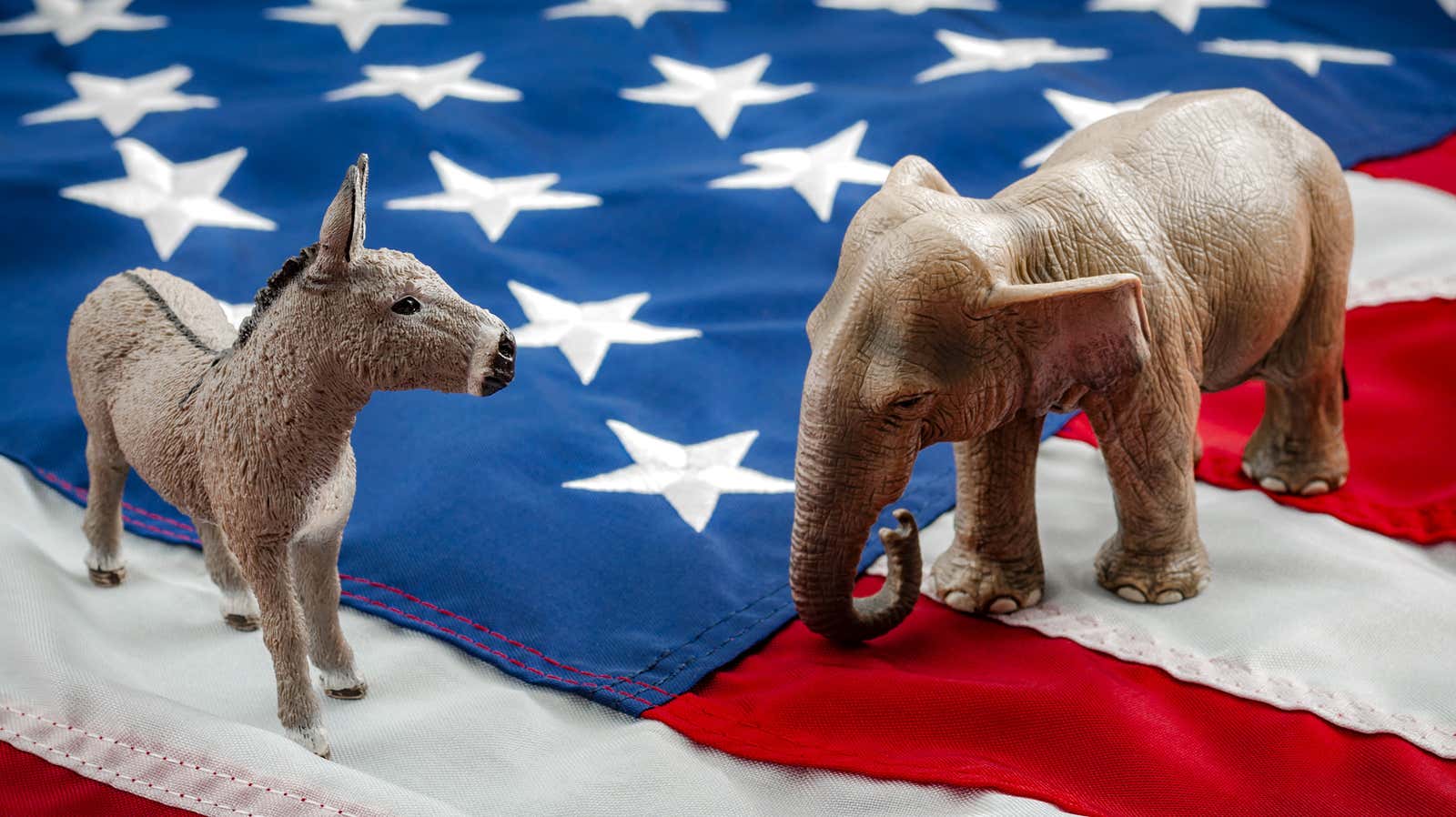How to Change Your Political Party Affiliation

Aside from one Republican senator currently pondering a change in political affiliation, Wednesday’s attack on the US Capitol did not necessarily force Republican lawmakers to leave the party en masse. In the Trump era, with its incendiary rhetoric normalized, only a handful of lawmakers changed their affiliation out of disrespect for the president; One notable example is former Michigan Representative Justin Amash, who left the Republican Party to become independent in 2019 and then switched back to libertarianism last year.
Regardless of the main context, changing a political party is a right granted to any registered voter in that country, and it is something you can do with a few simple steps.
First, how to update your registration
A change of party takes place in the same way as when renewing a voter registration. Registering to vote is obviously the only step everyone needs to take in order to vote, but there are reasons why you must renew your registration, such as moving within your state or to a new state, changing your name, and change of party affiliation.
If you move to a new state, you must register with the state’s registration deadline, which USA.gov indicates is usually 30 days prior to an election.
You can update your registration either online by visiting the US Election Assistance Commission website or by mail through the National Voter Registration Form (accepted by all states except Wyoming, New Hampshire, and North Dakota, according to USA.gov) … Alternatively, you can try updating your registration over the phone, but this process is not officially adopted by all states.
How to change party
Although the process of actually participating in elections remains extremely difficult for many Americans, changing party affiliations is as simple as filling out the circle on a questionnaire. Even if you haven’t moved or changed your name, you still need to go to the same US Electoral Assistance Commission website and select your state from the drop-down menu. After that, you will see the options menu.
Select the “register to vote” option and you will be immediately linked to your state’s Board of Elections (BOE) website. From there, you should find an opportunity to change your party preferences. It is worth noting that your batch change request does not always take effect immediately. Due to the quirks and bureaucratic issues that usually accompany government processes, there will likely be a voter registration deadline by which you will have to make changes in order to run for your new party in the upcoming elections.
You represent that the BOE will eventually process your request and grant you new party membership, but it may take longer than you would like if you miss the deadline. Each state has its own policy, so be sure to check the details with your state’s BOE.
Why you might want to change affiliation
Sometimes the desire to change belonging is generated more by necessity than by outright rejection of ideological beliefs. While you can vote for any candidate in any general election under the banner of any party – whether you are registered – Green, Libertarian, Independent, Republican, or Democratic – you may be barred from participating in the primary unless your registered party is not I participate.
For example, if you are registered as an independent but are on the political left and want to determine who ultimately wins the Democratic nomination for president, you cannot run a closed state primary for the Democratic presidential nominee. However, if you live in a state with open primaries, you can compete in the state’s primary competition regardless of how you are registered. (Typically, primary elections really only capture the American Republican / Democratic political dichotomy, because smaller parties often, but not always, elect their candidates earlier.)
There is also the problem of semi-closed primaries (feel free to sigh as our electoral system does not make it easy to navigate), which a fair vote describes as follows:
In a semi-closed primary, unaffiliated voters can choose which primary party to vote for, while voters registered with a party can only vote in that party’s primary.
Regardless of whether you are thinking about giving up your long-standing affiliation in principle, there are obvious reasons why the decision to choose a party matters beyond pure bias.